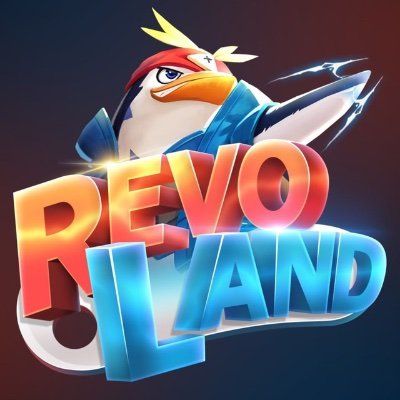267 reads
Taking Web3 Gaming to the Mainstream: What are the Challenges?
by
June 3rd, 2022
Audio Presented by

Revoland, it is the first blockchain-based multiplayer online battle arena (MOBA) game, developed by Chain X Game.
About Author
Revoland, it is the first blockchain-based multiplayer online battle arena (MOBA) game, developed by Chain X Game.